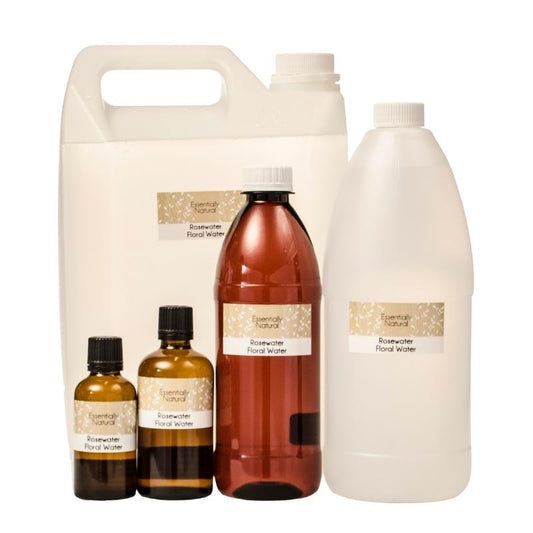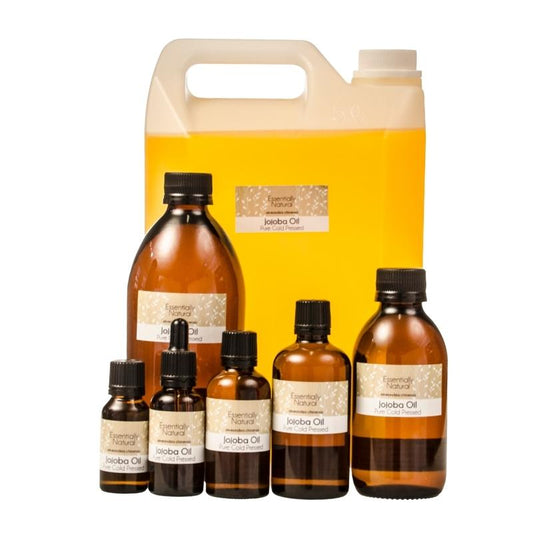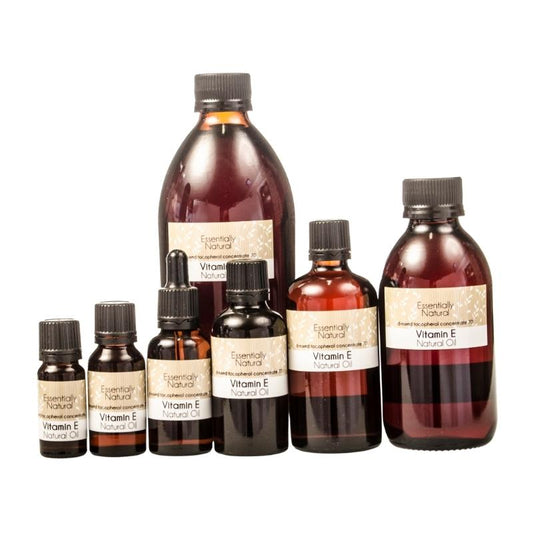
Skin Microbiome: Part 1
Juliette van der MeerThe skin's microbiome has been trending for quite some time now, so we thought it was time to get 'skin deep' and delve into it a bit. The skin is our largest organ, and there's a lot to unpack here, so let's get straight to it.
Does a Healthy Skin Microbiome Matter?
A healthy skin microbiome will yield healthy skin and appearance, whereas skin that is easily irritated, sensitive, damaged, or prone to eczema and allergies might be struggling because of an unbalanced microbiome.
How does our skin get a Biome?
Our skins are colonised at birth by a variety of bacteria, viruses and fungi. Like the healthy bacteria in our gut, these microorganisms provide natural protection against pathogens, and play a role in modulating the skin's 'immune system'. They contribute to the skin's barrier function, and actually communicate with our skin's T cells and host immune cells, which respond to indicators from resident microorganisms. How cool is that!
These microorganisms share a symbiotic relationship with our skin: our skin allows them a perfect place to feed and thrive, in exchange for protection against unfriendly pathogens. It sounds gross, but it works!
These ecological communities of microorganisms make up a 'microbiota'. Here are just some of them found on the skin:
- Gram-positive bacteria present: Staphylococcus spp., Corynebacterium spp., Enhydrobacter spp., Micrococcus spp., Cutibacterium spp., and Veillonella spp.
- Gram-negative bacteria present: Roseomonas mucosa, Pseudomonas spp., Acinetobacter spp., Pantoea septica, and Moraxella osloensis.
- Viruses present: acne, Acheta domestica, Densovirus, Alphapapillomavirus, Human papillomavirus (β), (γ) and (μ), Merkel cell polyomavirus, Molluscum contagiosum virus; Polyomaviruses and Simian virus.
- Fungi present: Malassezia, Cryptococcus, Rhodotorula, and Candida species.
A host of other bacteria, viruses, yeasts and even mites may be present in the skin at any given time as well. That's quite a lot going on in our skins! Most incredibly of all, everything cohabits together in happy harmony and a careful balance, unless disturbed by external factors.
What impacts your Skin Microbiome?
Intrinsic factors that contribute to slight variances in our microbiomes include time, age, gender, and ethnicity - all of these contribute to differences in our skins and it's what makes each of us unique!
External factors that can disturb our skin's microbiome include:
- Mode of delivery at birth
- Hygiene
- Cosmetic usage
Lifestyle including:
- Pets
- Antibiotic Usage
- Diseases
and our environments including:
- Location
- Climate
- UV Radiation
- Pollution Levels
- Exposure to Seawater
- etc.
Our skins also have various 'sites' that differ microbiologically: oily sites like the T zone on our face, as well as our scalps; dry sites like our hands and arms; and moist sites like armpits and feet; as well as every combination of these in various other places. These various sites have vastly different microbiota.
What happens if you damage the Skin Microbiome?
When the microbiome balance is disturbed, this causes changes to the population and diversity of the skin's naturally resident microbiota, and this can lead to decreased defences in the skin's immune system and barrier function, causing inflammation, disease and infection. This change in microbiome balance is called dysbiosis.
As we've learned, changes in the microbiome will naturally vary over the human lifecycle, so change isn't necessarily a bad thing; scientists are constantly studying and learning new things about the skin and its microbiome.
Impact Of Natural vs Synthetics
Like the observed microbial diversity loss in the gut over the past 75 years has resulted in a huge increase in food allergies in Western countries, a similar epidemic in the skin's microbiome has resulted in 'skin allergies', observed in the last 10 years. This epidemic is largely attributed to synthetic cosmetic usage, and is particularly prevalent in the developed world where synthetic ingredients are used the most. A study conducted observations and found acne to be entirely absent in people from rural countries such as Paraguay and Papua New Guinea. There was little to no synthetic cosmetic usage among those people and their skins were thriving!
A study conducted on a group of women using three different products, including one natural and two synthetic, found that when the skin's exposure to synthetic ingredients was decreased, microbial diversity and population increased. It also demonstrated the links between a healthy microbiome and healthy skin.
However, this and other studies have also demonstrated that the impact of synthetic cosmetic usage is not quite as sudden as previously thought. Microbes have an uncanny ability to adapt to their environments, even when sub-optimal. Rather, the microbiome slowly decreases in diversity and health over time, but the skin can adapt to this and still manage, albeit with more pathogen and virus presence (hence the observed increase in skin issues in the last 10 years).
So Where Does The Microbiome Leave Skincare?
We should try to offer our microbiota an optimal physical and chemical environment. This includes a good pH, gentle ingredients that don't harm the microbiome (that's looking at you, harsh chemicals!), etc.
Things that can disturb the skin's microbiome include:
- rough surfactants that scrub away the microbiota;
- antimicrobials eg. preservatives;
- possibly essential oils because many have an antimicrobial action;
- anything alkaline disturbs the skin's natural acid mantle (around pH 5).
How skincare products can help the microbiome:
pH balanced moisturisers create a hydrated and ideal pH environment for healthy microbiota growth. Certain bacteria can even grow by metabolising skin products, so making sure products contain useful ingredients like sugars and ferments can assist in keeping the skin's microbiome healthy.
There are two ways to create microbiome-friendly skincare. The first way is by using biotics to repopulate the microbiome, and the second is simply by using gentle ingredients that respect the microbiome.
Biotics include:
- Prebiotics (sugars): inulin, oligosaccharides, biosaccharide gum.
- Probiotics (these are living bacteria, and you can't use preservatives with them otherwise they will get killed off).
- Postbiotics (inactivated bacteria, but they still confer benefits to the skin. An example is lysates).
Probiotics in skincare, while still adhering to microbiological limits and safety standards is not feasible at the moment. There are a few cases where the friendly bacteria were encapsulated, and then 'activated' on contact with the skin due to the skin's moisture, but there are no studies yet on how effective this is. When skincare brands advertise that they use probiotics in their formulations, they are likely referring to postbiotics and lysates. The use of real probiotics in skincare is extremely limited and as yet still rather unsuccessful.
Certified microbiome-friendly ingredients include the following:
- Squalane
- Hemisqualane
- Aloe Vera
- Jojoba Oil
- Hyaluronic Acid
- Dextrin
- Hydrolyzed Keratin
- Propanediol
- Various Botanical Extracts
- Soapnut Extract (Surfactant)
- Glutamate Surfactants
- OliveM 1000
- Biopolymers: Cellulose, Gums and Seaweeds
And by extension: - Biosaccharide Gum, which is a fermented sugar
- Xanthan and Guar Gums
- Collagen
- Lactic Acid




















